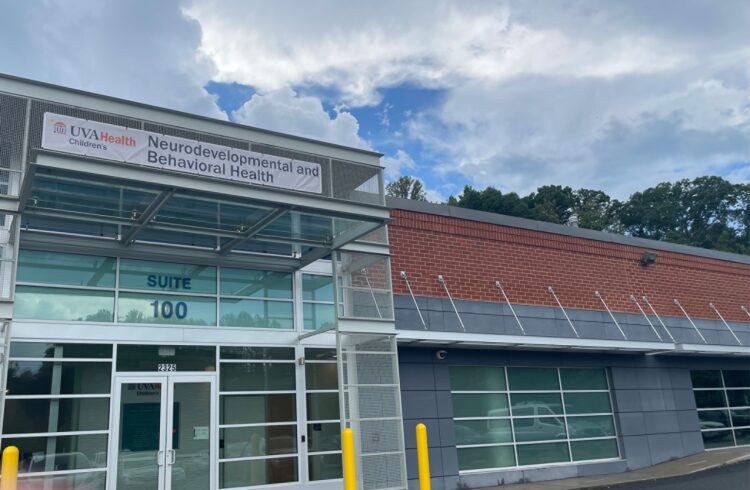
Doctors at the University of Virginia Health System have for the first time used focused sound waves to relieve a patient’s debilitating tremor, conducting a scalpel-free surgery deep in the patient’s brain that calmed his shaking hand.
The surgery, part of a clinical trial for essential tremor through the UVA Focused Ultrasound Center, is the first such use of focused ultrasound for tremor in the world. Doctors say the noninvasive technique could offer an alternative to traditional brain surgery, and hope that it could one day benefit a variety of conditions rooted far inside the brain, from Parkinson’s disease to epilepsy.
A Life-Changing Procedure
For the patient, a 74-year-old Virginia man who was losing the ability to feed himself or write, the immediate results were dramatic.
“His tremor was gone after the procedure, and he was even able to do a crossword puzzle in the recovery room, which he hadn’t been able to do for years,” said Jeffrey Elias, MD, a UVA neurosurgeon who is the principal investigator of the clinical trial.
Billy R. Williams, of Fort Valley, VA, had suffered from essential tremor for a decade, seeking treatment from three doctors and trying numerous medications before coming to UVA. “I couldn’t even eat a bowl of cereal,” he said. “The spoon would beat the side of the bowl.”
Though the procedure was untried for treating tremor, Williams was an eager volunteer. “I just wanted to get it done,” he said. “I wasn’t afraid. I wasn’t nervous. I had all the faith in Dr. Elias. I don’t know why. I just did.”
He was delighted by how much his condition improved, and reported no significant side effects in the first week after the surgery. “I had no idea how much it would really do,” he said. “I was surprised it turned out as well as it did.”
The surgical team had Williams draw spirals throughout the procedure. At first, his hand shook violently, but as surgeons honed in on the precise location in his thalamus, the spirals grew smooth. At that point, the surgical team amped up the sound waves to heat and destroy the troublesome tissue, a process called “lesioning.” The resulting lesion was only 4 millimeters in diameter, and Williams left the hospital the next day. Williams said he experienced no pain during the procedure.
Alternative to Traditional Surgery
The standard treatment for essential tremor is a technique known as “deep brain stimulation.” That would have required surgeons to drill holes in Williams’ skull – while he was awake – and run wires into his brain from a device that would be permanently implanted in his chest.
Because of the invasiveness of that technique, many tremor patients avoid the surgery, preferring to live with their conditions, Elias said. But the focused ultrasound technology may change that, he said.
The procedure, which is being investigated for more widespread use in treating tremor in the future, was conducted using a focused ultrasound machine by InSightec. The machine is already FDA approved to treat uterine fibroid tumors. The machine’s Magnetic Resonance Imagery capability allows surgeons to look inside the body to see the effect of the treatment in real time.
The Future of Focused Ultrasound
UVA’s Neal F. Kassell, MD, a champion of focused ultrasound who founded and chairs the board of the Focused Ultrasound Surgery Foundation , hailed the surgery as a milestone. “It proved we could treat deep in the brain with no incisions, no holes in the skull, on an awake patient without pain. And anyone would believe if you can do that, you can treat other organs,” he said.
Kassell believes focused ultrasound could revolutionize medicine within the next decade. One day soon, it could be used to treat breast cancer, diabetes and a wide array of other serious medical conditions, he said.
Ongoing clinical trials at UVA using focused ultrasound include the treatment of metastatic bone tumors for the palliation of pain and the treatment of uterine fibroids.
For Williams, the surgery has already made a major improvement in his quality of life.
“I can tee up my golf ball,” he said. “I can eat food without spilling it all over me. Work a crossword puzzle with one hand. I can do just about anything.”


